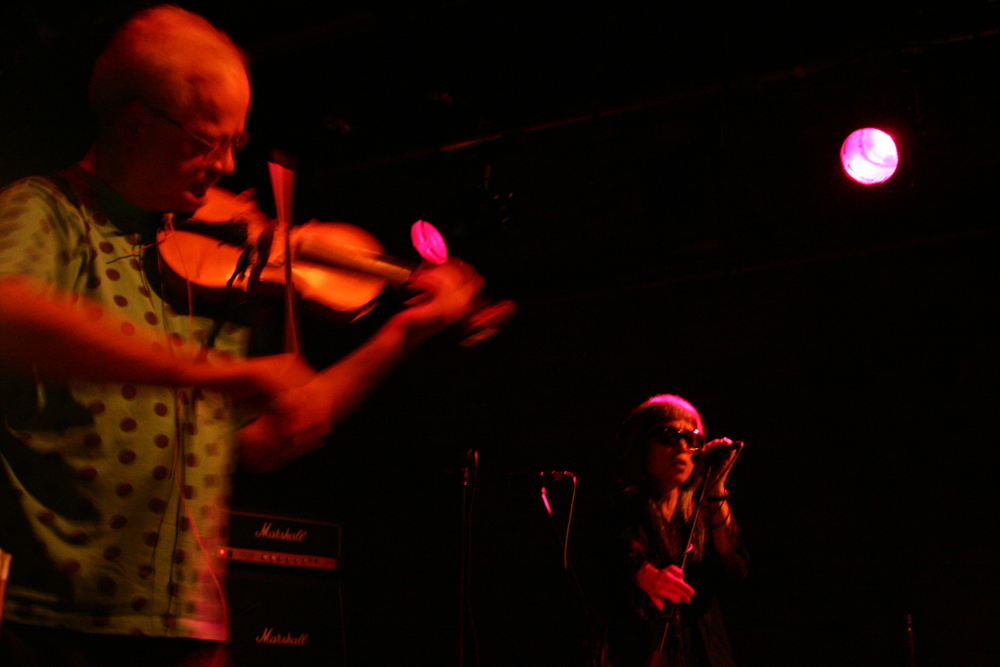
Keiji Haino & Tony Conrad
Keiji Haino Tony Conrad
Although Tony had visited Haino in Japan, and they played together in private, this was the first time anyone other that Haino’s cat saw them perform together.
Arika have been creating events since 2001. The Archive is space to share the documentation of our work, over 600 events from the past 20 years. Browse the archive by event, artists and collections, explore using theme pairs, or use the index for a comprehensive overview.

Although Tony had visited Haino in Japan, and they played together in private, this was the first time anyone other that Haino’s cat saw them perform together.
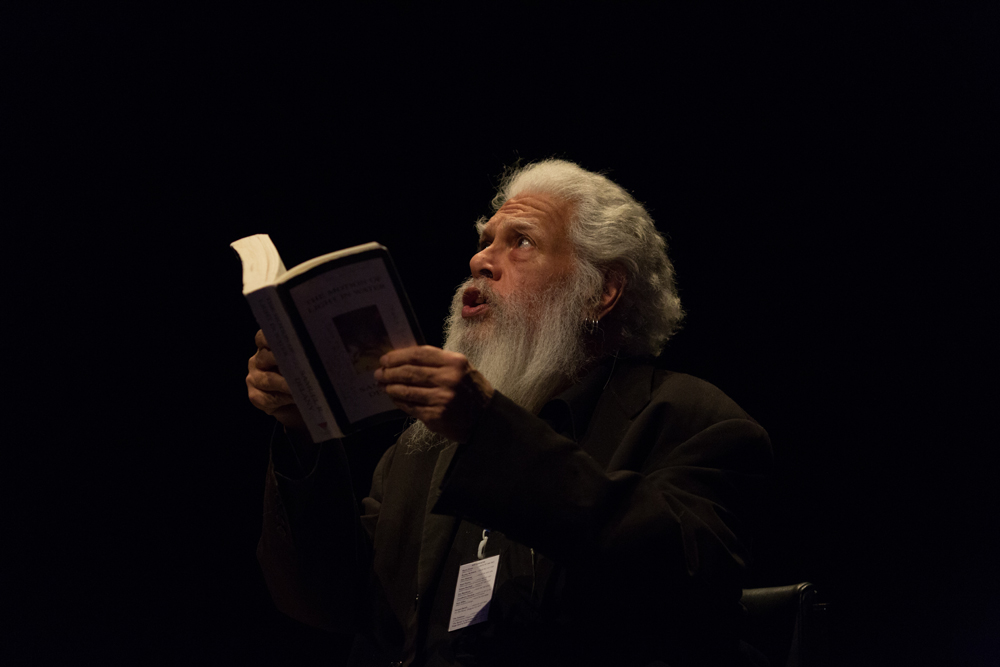
Chip will read some of his great literary pornography, which pushes sexuality to the point of extremity and exhaustion.
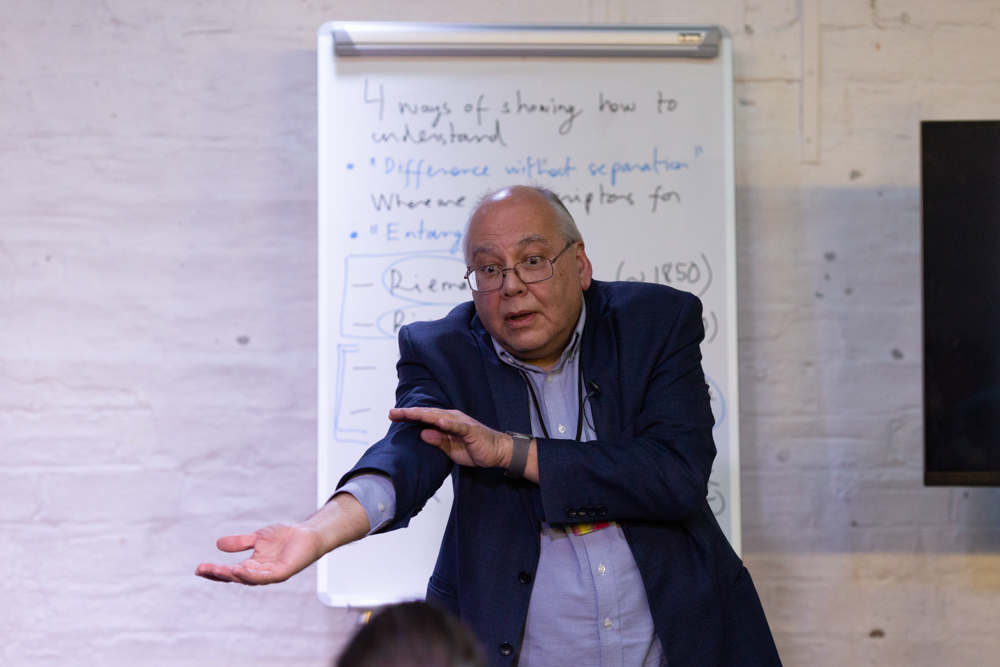
Fernando thinks that when maths is deep, it should be simple and able to be explained by hand gestures. By embodying ideas, we’re able to more clearly think about their cultural implications.
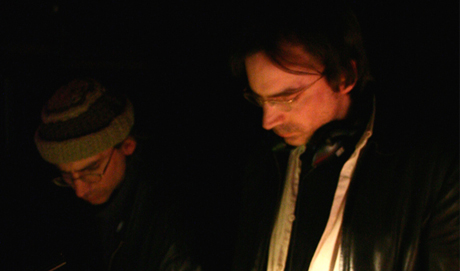
A system in which oscillators shake The Arches, seismographs pick up the harmonics that are then amplified through massive sub-bass PA.
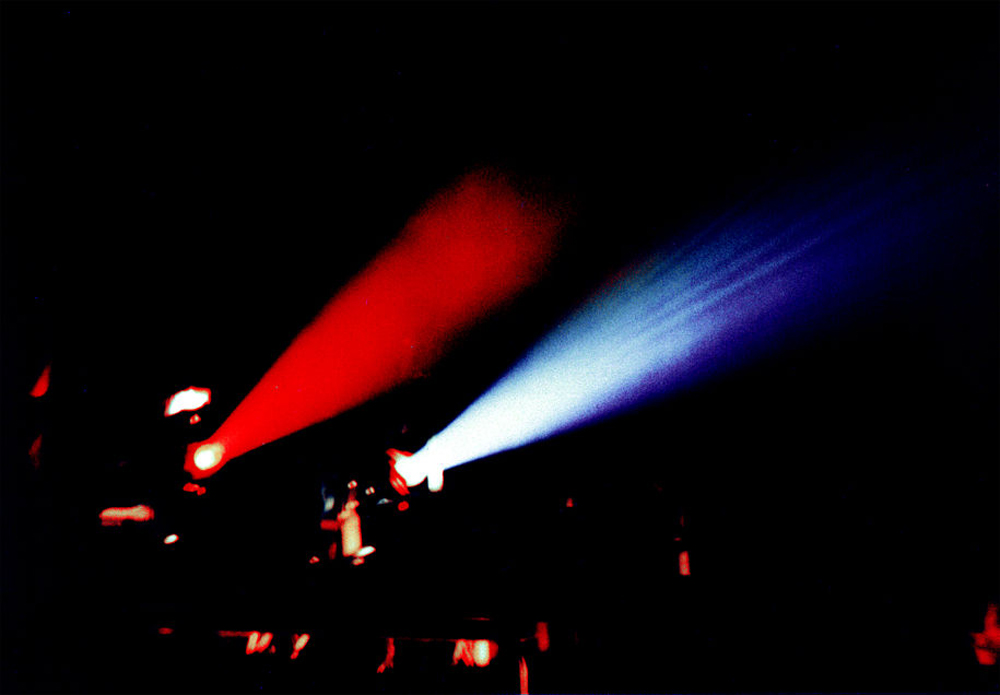
Dual projections of pulsating shards of film, treated in crystallized salts and dyes merge with the whirring of projectors, distilled into particles of sound.
Artist Derek Lodge running a specially designed social space, somewhere for conversation, story-telling and interaction.
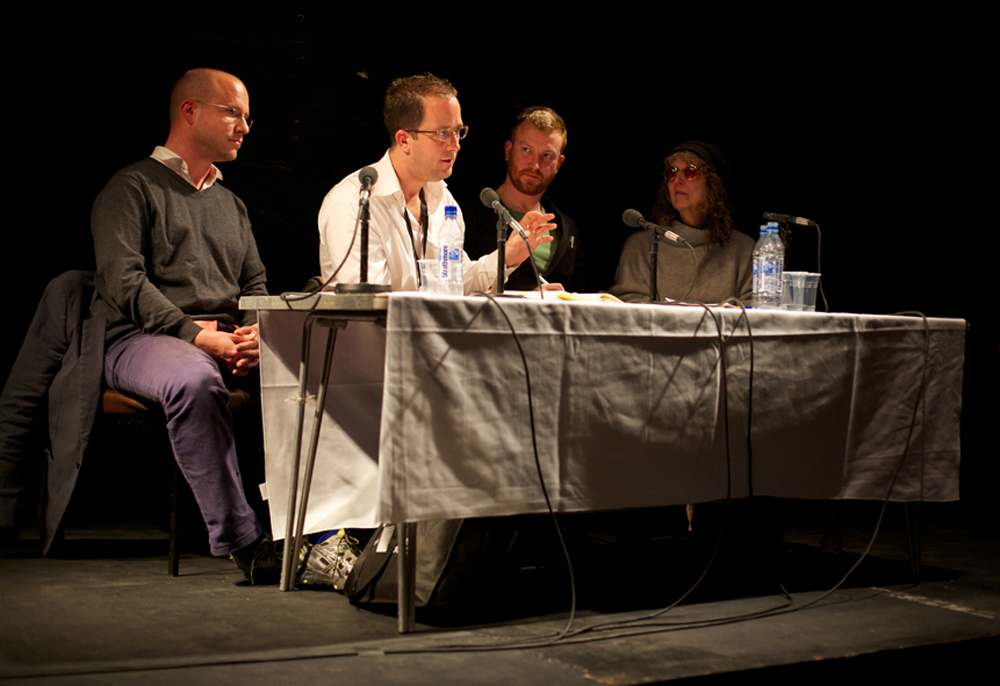
Electronic music, time, thought, the word, and consecutive matters
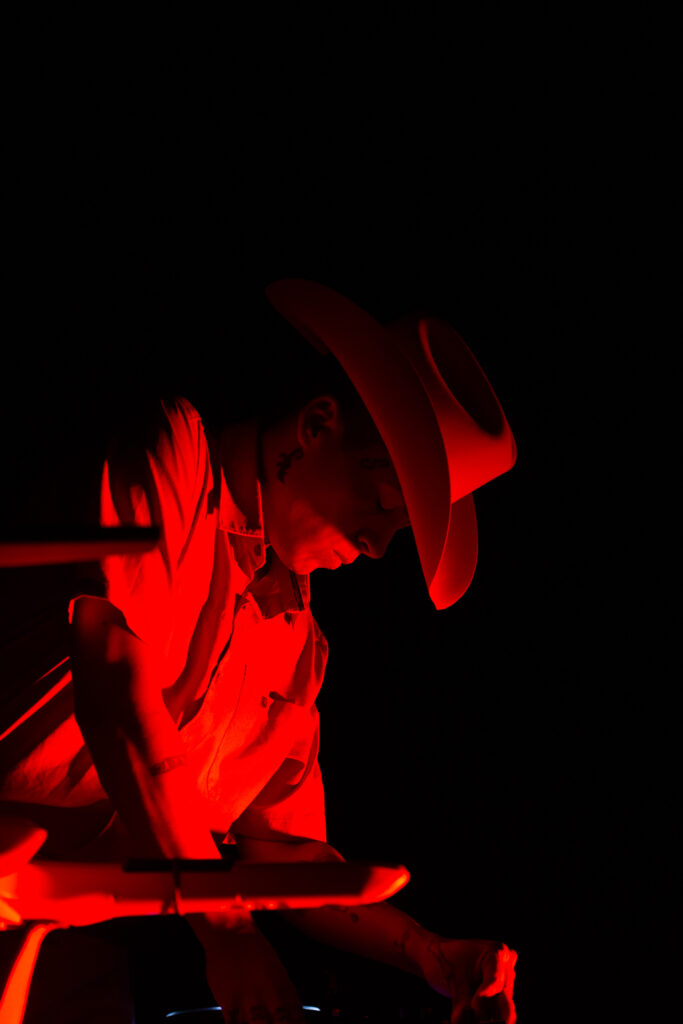
Ecstatic, intensely joyous experimental club music: like “the sound of our water ceremonies…40 bands playing their melodies at once to recreate the cacophony of the first aurora and the call of the morning star Venus”.
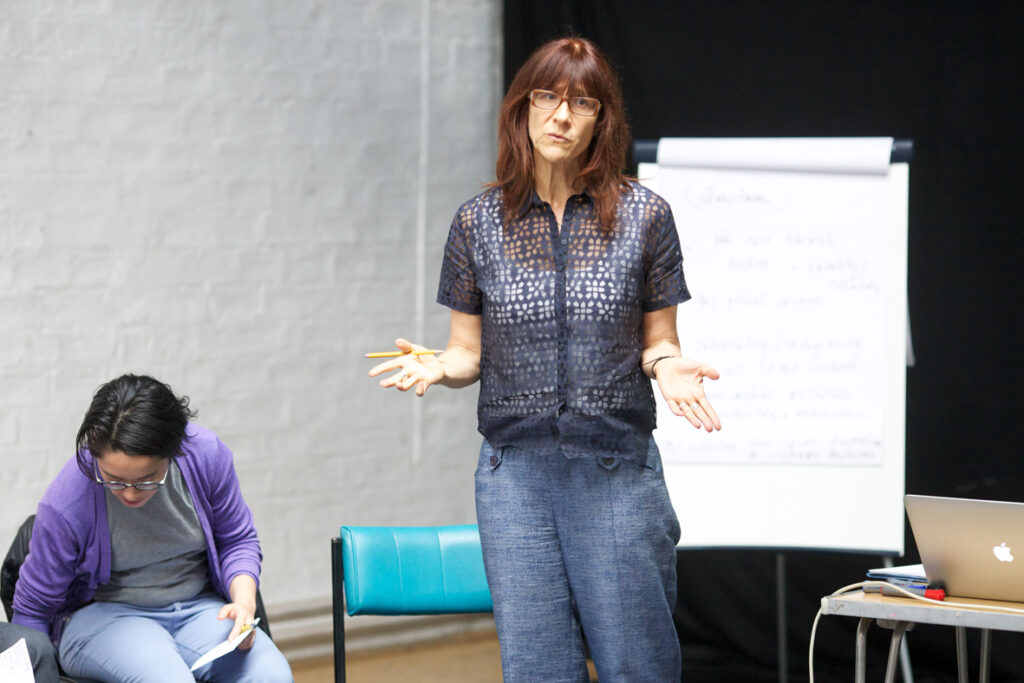
The queer archiving of traumatic cultural memory from one of the leading voices working with queer archives.
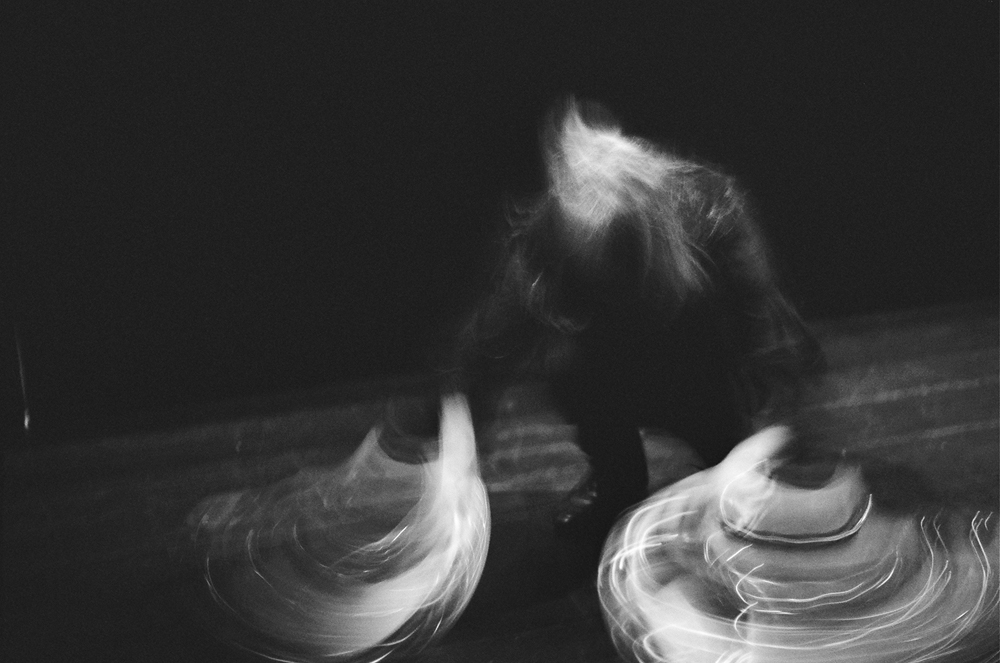
Haino exceeds expectation with a 4 hour solo performance on a collection of more than forty instruments from all over the world.
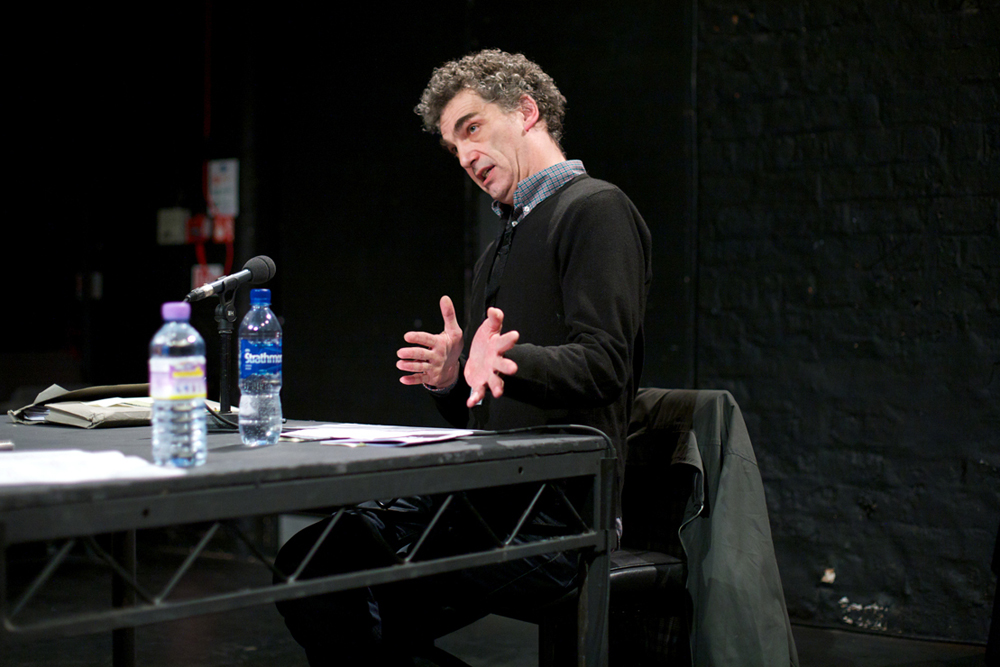
Our favourite Lancashire-born autodictact asks what’s political about the tension between the individual and the collective in free jazz.
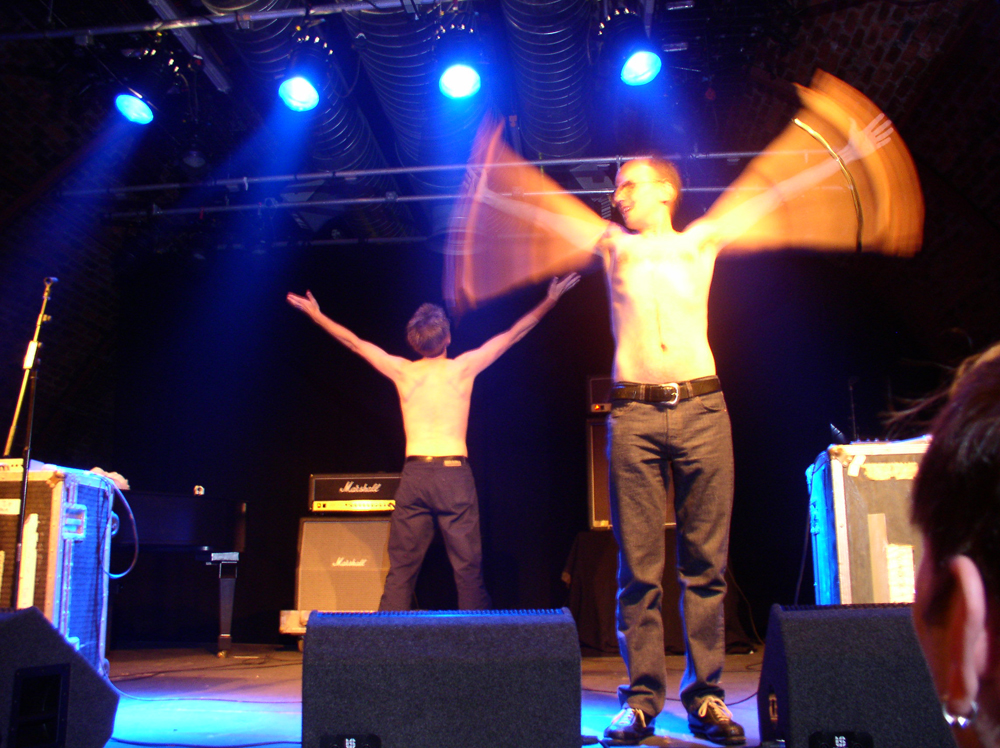
Formed as a means to realise William Bennett’s goal of “a sound that could bludgeon an audience into submission”